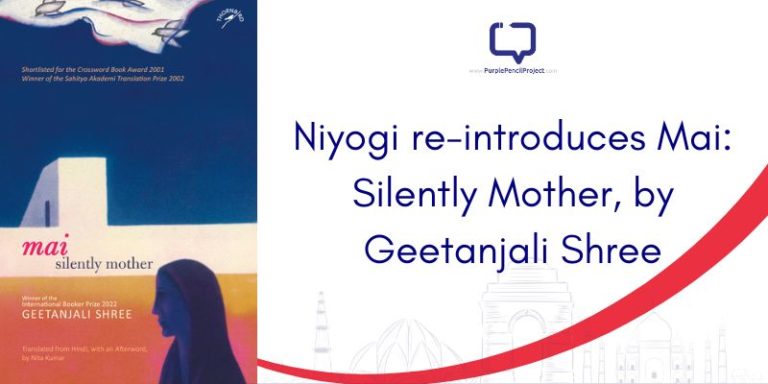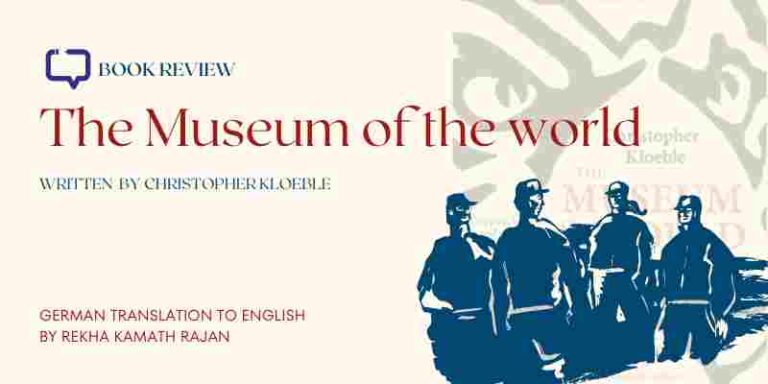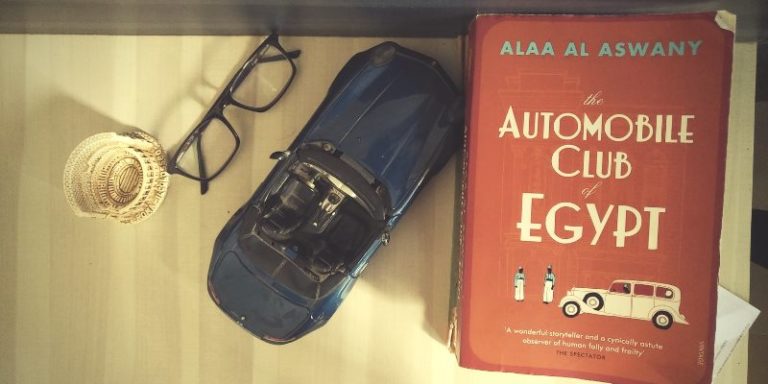Rahul Vishnoi reviews Vagabond Princess: The Great Adventures of Gulbadan by Ruby Lal (published by Juggernaut, 2024).
It was in 1997, at the British Library of London, that Ruby Lal came face to face with a book written by an adventurous princess forgotten by time. Gulbadan, daughter of Humayun, was hailed by historians as the first woman (in Mughal India) to pen prose, offering a detailed picture of the Mughal society of her times in her book—the Ahval-i Humayun Badshah or Conditions in the Age of Humayun Badshah, popularly called the Humayun-Nama.
She was 64 when she wrote it. Alas, the book is incomplete. Perhaps the pages were lost to time, or probably, portions were redacted as they were deemed unbecoming of Mughal women of that time. Were the pages of Gulbadan’s manuscript lost or deliberately removed? Did they simply disappear? Why aren’t there more copies of her work? Ruby Lal asks herself and her readers if “disappeared” history is not a scandal, what is? To some extent, Lal has restored and reanimated these spectacular moments, beginning with Gulbadan’s birth in a mud citadel in Kabul.
The Challenge of Piecing Together History in Ruby Lal’s Vagabond Princess
Ruby Lal laments that what we have for most of history are fragments, inklings and messages. The histories and biographies we write work with these, assembling relevant facts and surmises with meticulous care. Unusual figures and disappeared histories require historians to look where they don’t habitually look. To do this kind of work takes constant active presence and attention to minute phenomena while decoding difficult and complex messages left by women of the past. Lal specifies that she intends to tell Gulbadan’s life in full colour and reassemble her missing history.
Oblivion and erasure are themes that have been at the core of my work since I began my career as a historian. I explore not only what happened in the past and why certain figures do not take centre stage in Mughal history but also how women, girls, ordinary people, ambiguous figures (eunuchs, concubines, wet nurses), spaces (harems, gardens, tents), and multiple forms of desire are made deviant, redundant, or obscure in history. The fact is that scholars are largely complicit in how history is designed, presented, made available, and preserved.
– Ruby Lal, Vagabond Princess
Gulbadan’s book is significant as it records not only her own and royal women’s day-to-day activities but also Mughal customs and court intrigue. Hence, it is invaluable for someone wishing to study the Mughal epoch.
Arriving in India in 1529 at age six, Gulbadan was the first Mughal girl to travel in a royal caravan across the dangerous Khyber Pass and the massive river Indus to be reunited with the victorious Babur. It is from this time that Ruby Lal begins to chronicle her journey across the vast land to meet her beloved father.
Gulbadan Begum’s Story
As a child, 2 years after Gulbadan’s birth, she was adopted by Maham (the more influential wife of Babur), who took Gulbadan from her birth mother, Dildar, exactly as she had adopted her brother, four years earlier. Ruby Lal writes that we have no way of knowing what specifically made her claim custody of the princess. From time immemorial, the practice of becoming guardians of children who were not one’s own ran in the Mughal dynasty.
Gulbadan writes lovingly about her father, adding to his mystery. “Legend had it that he was broad-shouldered and strong enough to jump along the turrets carrying two men under his arms.”
She writes that when women of Babur’s household reached Agra from Kabul, Impatient to see his wife, the forty-six-year-old king rushed out on foot. Maham saw him running toward her. She “wished to alight, but he would not wait and ran along with her all the way to his quarters.”

About Gulbadan’s meeting with her emperor father, she wrote half a century later about how she felt “happiness such that greater could not be imagined.”
Gulbadan’s account of how Babur offered his own life to save Humayun, who had taken gravely ill, is heart-touching. When a holy man asked Babur to give what’s most precious to Humayun as alms to the needy, Babur is said to have said that I am the most expensive treasure he has, so I offer myself to almighty. Immediately after this, Humayun started to get well.
The Mughal Harem and Women’s Roles
Because of the ambiguous nature of history, Ruby Lal has not taken a definitive voice in all of her texts. Instead of writing affirmations, she asks questions that only add curiosity to her writing. When Gulbadan visits a library to read her father’s book, she wonders:
Was her father’s diary encased in golden leather or was it wrapped in gold-lined linen cloth? What about early miniature paintings? Did she see a painter sitting on the floor holding delicate rice paper smaller than the size of the page of a book on one bent leg, meditatively sketching?
– Ruby Lal, Vagabond Princess
Books were prized possessions in the Mughal time and were gifted to people valued highly. Readers would love the descriptions of the books from that time.
Painters would have detailed the feather of a bird, the eyes of a dancer, the folds of cloth, battles, cannons, forts, mosques, elephants, horses, kings, and queens. They would use rose pink, ink blue, mud yellow, and sunny gold. Inbound manuscripts, each page was adorned with a gold border. Inside the rim were twisting and winding green creepers and lilies and magnolias.
– Ruby Lal, Vagabond Princess
Like her father, Gulbadan was a book lover. The kitab-khana, or the imperial library, located in the House of Good Fortune, a section of the same building where banquets were held, was a prized haven for her. There, she could find books written in calligraphic Persian, leather-bound books, gold-lined portfolios, and gilded pen cases, as well as the Turkish memoir she saw her father compose.
Gulbadan’s Voyage to Mecca
Besides the good times, the book touches upon war after war. Ruby Lal has captured in detail the attack of Sher Shah Suri on Babur, which led to the loss of lives of many royal women, mothers and wives. It was an accepted practice amongst Mughals during the battle for their women to accompany them. The elder women worked as experienced negotiators and younger women brought solace.
Recommended Reading: The Mughal Empress, The Twentieth Wife; A Story Worth Reading?
Life went on in the tents in the war zone just like it had in palaces and castles. “You’d have thought it was doomsday,” wrote Gulbadan, recalling the uproar that ensued. After Sher Shah attacked Lahore, where Humayun had taken refuge after feeling from Agra. The threatened arrival of Sher Shah’s army in the city spread panic. Nearly two hundred thousand people ran from Lahore.
It was also a common practice to capture the women from the enemy camp. Some of them were treated with reverence, while others were forced to get married even if they had husbands. There is also an account where Babur bartered his aunt for a safe passage after getting defeated.
The book describes in detail the voyage Gulbadan took to Mecca along with other Mughal harem women. It’s one of the best portions of the book, showing how the Ottoman Emperor, Murad, issued a decree to the Mughal women to immediately leave and go back to India. Murad had the sole responsibility of taking care of everything and everyone in Mecca.
But with the arrival of Gulbadan, who brought the endless bounty of emperor Akbar with herself, the people of Mecca discovered a new source of kindness. She would keep on giving, undermining the influence of Murad who would issue decree after decree, resolute in her intention and firm in her beliefs, the Mughal women stayed for four more years until Murad issued the most severe form of order. Gulbadan ultimately returned to India and began to distil her life into papers.
Conclusion
Ruby Lal has breathed new life into an extraordinary Mughal figure and established her place in a history that men’s actions and words have long dominated. Written over two decades, this sweeping saga of a scholar-adventurer-sailor princess is her labour of love.





















